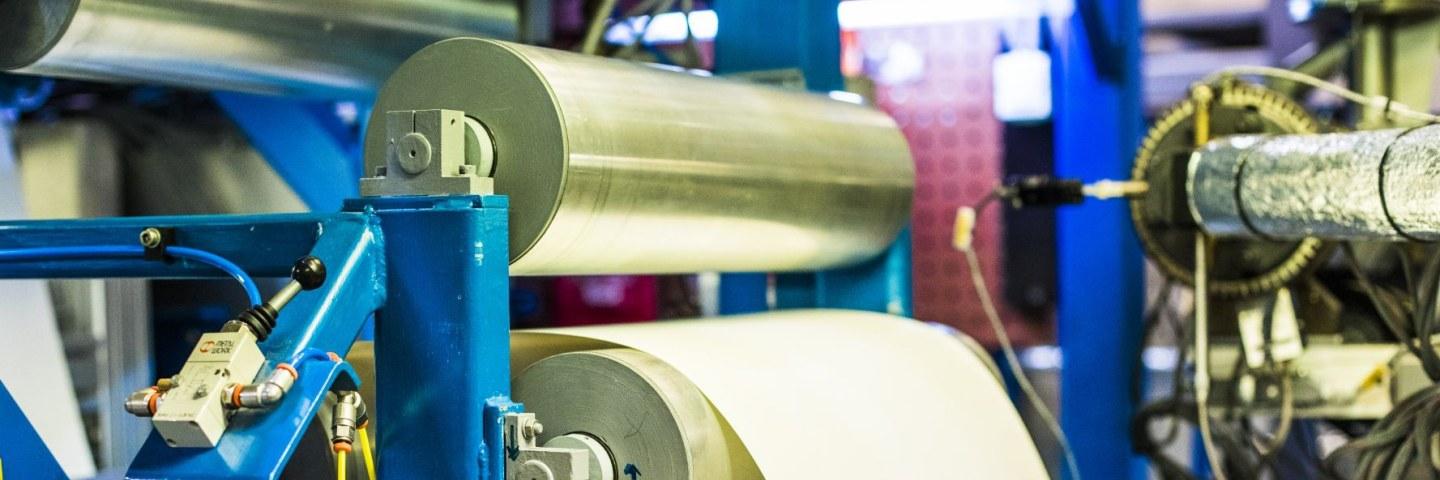Food packaging is designed to protect the food through its supply chain, communicate to customers, and to ensure food quality, safety and optimal shelf life. Progress is now needed to secure its circularity, minimize food waste and improve sustainability. COST Action CA 19124 CIRCUL-A-BILITY will go beyond the state of the art by jointly addressing the major technical and non technical hurdles for implementation of sustainable food packaging solutions within future circular food supply chains. A food specific, focused action is critical amongst the ongoing debate in sustainable packaging. It is important to share data on the consequences of specific food product - package interactions and to keep the behavior of consumers as a critical focus. CIRCUL-A-BILITY will organize a pan-European network of actors involved in all aspects of food packaging, including material scientists, food scientists, industry end-users, consumer scientists and policy makers. The network will actively work to harmonise and integrate food packaging related research, share information, support industry in the implementation of sustainable packaging systems, create authoritative working groups able to give science based recommendation to consumers, user groups, policy makers and industry. It is expected that such COST action activities will 1) valorize the current technical advances, 2) speed the preparation of prototypes beyond the interest of single stakeholders and to the benefit of the European landscape; 3) avoid duplication of efforts in research in adjacent fields; 4) accelerate technology transfer and entrepreneurship; 5) elevate the scientific capacity and research ranking of the COST working members.
CIRCUL-A-BILITY addresses the technological barriers specific to product categories and supply chains by creating a network with four technical working groups dedicated to harmonisation, and one to communication. This allows to improve decision making processes and coordination of research efforts while providing a holistic approach to the global problem of food packaging.
The most widely used packaging of food and consumer products are plastic materials as a result of their light weight, cost, and material properties (mechanical strength, transparency, permeability, heat sealability). In Europe, about 40% of the plastic produced is used for packaging, and about 40% of this plastic is recycled. To decrease the impact of packaging on the carbon footprint of food products, the industry has initiated a series of measures, which include removal of excessive packaging and packaging weight reduction.
- Some of the questions that this Action strives to answer are:
- How can the sustainability of food packaging (in connection to the food it protects) be best assessed?
- What industrial packaging solutions fit best for circularity, and how to measure the best fit
- Are current practices best practices? Are changes needed to food processing and distributions? Should “food supply chains” change to implement more sustainable packaging solution?
- Which consensus and data are needed to ensure appropriate legislation and facilitate the application of sustainable solutions?
- How can we increase consumer trust by improving transparency and guaranteeing food safety of the food, package, and their interactions?
- How can we engage with consumers in the co-creation of a more sustainable food packaging circular economy?
Funding source
Horizon 2020 Framework Programme of the European Union
Coordinating organisation
Department of Food, Aarhus university, Denmark
